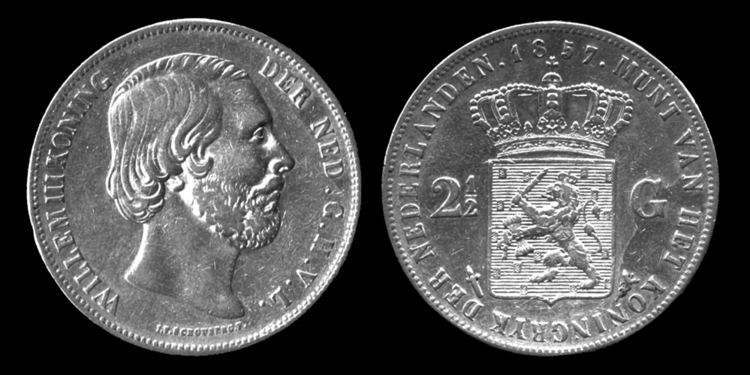 | ||
The style of the Dutch sovereign has changed many times since the establishment of the Kingdom of the Netherlands due to formations and dissolutions of personal unions, as well as due to marriages of female sovereigns and cognatic successions.
Contents
History
The Kingdom of the Netherlands was proclaimed on 16 March 1815, as a state in personal union with the Grand Duchy of Luxembourg under William I, a member of the House of Orange-Nassau who had already inherited a vast number of titles and lands from his ancestors. On 19 April 1839, the Duchy of Limburg joined the union. William I, William II and William III all ruled as kings, grand dukes and dukes.
In 1866, however, the Duchy of Limburg ceased to exist as a separate polity and instead became integrated into the Kingdom of the Netherlands as a province. William III kept the ducal title and passed it on to his successor, Wilhelmina, but she did not succeed him to the throne of Luxembourg, as the country's succession laws provided for strict observance of Salic law. Thus, the reference to the Grand Duchy of Luxembourg disappeared from the style of the Dutch monarch.
The male line of the House of Orange-Nassau ended with the death of William III on 23 November 1890. His only surviving child and successor, Wilhelmina, married Duke Henry of Mecklenburg-Schwerin on 7 February 1901 and, as customary, assumed the feminine form of her husband's title. That way, the title of Duchess of Mecklenburg was added to her full style. The government did not want the House of Orange-Nassau to become extinct on Wilhelmina's death, and so she issued a royal decree in 1908, conferring the title of Prince or Princess of Orange-Nassau to her descendants. Her only child, Juliana, was therefore born not only Duchess of Mecklenburg but also Princess of Orange-Nassau, like previous members of the Dutch royal family.
When Juliana married Prince Bernhard of Lippe-Biesterfeld in 1936, Wilhelmina decreed that her daughter and heir presumptive would assume the title of Princess of Lippe-Biesterfeld, as customary, but that it would come after her birth title of Duchess of Mecklenburg. On 4 September 1948, Wilhelmina abdicated in favour of Juliana, which brought the title of Princess of Lippe-Biesterfeld into the full style of the Dutch monarch. At the same time, the title of Duchess of Limburg was dropped, Wilhelmina being the last person to hold it.
Like Wilhelmina, Juliana had no sons. She abdicated in favour of Beatrix, the eldest of her four daughters, on 30 April 1980. Beatrix is not a male-line descendant of Duke Henry and thus not a Duchess of Mecklenburg. She was the first Dutch monarch in 79 years not to bear the title. Through her father, she is a Princess of Lippe-Biesterfeld.
On 30 April 2013, she abdicated in favour of her eldest son, Willem-Alexander, who thus became the first male on the throne in 123 years. He is not a male-line descendant of Prince Bernhard and thus not a Prince of Lippe-Biesterfeld. He bears the honorific Jonkheer van Amsberg as the son of Claus van Amsberg.
Shortened styles
Shortened versions of the styles, used in preambles:
Titles that have appeared in shortened styles, preceded by "His Majesty" or "Her Majesty" and the monarch's name:
